Milestar Patagonia X/T and M/T-02 Tire Review: American Alternatives
It's 10 pm instead of 10 am thanks to flight delays, I'm headed two hours out and seven thousand feet up into the San Bernadino Mountains, and the temperature display on the dashboard of this Ford Bronco Raptor is quickly dropping toward the low 30s. My tires are a set of big and chunky Xtreme All-terrains from a brand I've never heard of. Hit it? Or is this going to be a very hairy drive?
I'm in an unusually chilly Southern California for two nights of camping and testing of outdoors gear. The tents, lights, and other gear will come later, but first I have to get from the airport to our remote campsite. It's extremely late and I would like to arrive on site sometime before dawn.
Who is Milestar
The tires on this otherwise stock Ford Bronco Raptor are from a brand called Milestar. A set of the company's Patagonia X/T tires in the factory 37-inch tall size. If you had asked me the day before, I would have guessed that Milestar was one of those pop-up brands that your local tire store gets a container of and then is never heard from again.
It's not.
Milestar is part of Tireco. A company that was founded in California back in 1972. Back then, Tireco imported other brands, but it grew in the off-road and motorcycle tire markets and launched its first passenger car tires in 1991. Milestar was launched in 2006, and while some of its tires are made overseas, a few of its lines are made in the US.
The Patagonia X/T
I'll start with the marketing stuff. The Patagonia X/T is made in 43 sizes to fit wheels 15 through 22 inches in diameter. They offer up to a 40-inch tire diameter (Milestar says it's the only 40-inch A/T) and an F load rating.
The Patagonia X/T is aimed at drivers of lifted pickups and Jeeps who take off-roading seriously, but Milestar acknowledges mall crawlers (and yes, that's the term they use) by giving the tire a good-looking sidewall and tread. It also gets a 40,000-mile treadwear warranty and both of these tires are available from Discount Tire which means excellent nationwide availability.
The aggressive upper sidewall looks good, but is also functional to help protect the tire from trail cuts. A staggered groove in the outer blocks is designed to help enhance stability, and a variable pitch tread is meant to help reduce highway noise.
On-Road Testing
All engineering efforts I can say are a success. The first hundred miles or so of my drive was on LA's freeways. Pavement and concrete that, despite never seeing the damage that ice and salt can cause, is horrific. Like a rocky trail, but with eight flat lanes. The Patagonia X/T handled the destroyed pavement with surprisingly little noise.
I couldn't hear any tire noise over the sound of the Bronco Raptor cutting through the air, even with the exhaust on silent instead of Baja mode. It's impressive for a tire that's this tall and this aggressive, even in a vehicle that is plenty loud all by itself.
It was also reasonably stable on the highway. The Bronco did have some issues darting around on the highway, but from behind the wheel it didn't feel like tire tread squirm or even a soft sidewall. Especially since it disappeared in turns. I found out later that this rig had gotten a last-minute eyeball alignment following a mechanical issue, and that was the likely cause. Probably a bit too much toe.
As my altitude climbed, the temperature dropped. Fortunately, the Patagonia X/T has a three-peak mountain snowflake winter rating, so they maintained grip on the pavement down to the freezing point. I did experience some rear brake lock-up, but that's what I get for overcooking my speed into a paved mountain hairpin with a tire meant for dirt and rocks.
Taking it Off-Road
While it's nice that this tire is great on the road, it's not really the point. The point is traction and durability in the rough stuff, and I found the rough stuff when I pulled off the pavement in the sleepy town of Fawnskin.
Well into the night on an empty forest road, I could finally open up the Braptor. I found the Baja mode buttons, but I didn't feel like looking for the Bronco's traction control switch. I didn't need to find it, though, because the Patagonia rubber wasn't spinning. It was digging into the dust-like surface and finding loads of grip as I hammered down the trails.
I could still rocket out of a corner almost sideways, but the front tires pulled the nose around in a hurry. The trail was littered with rocks and debris, but I powered over that as well. The tall sidewalls worked with the Bronco's Fox Live Valve shocks to eat up everything. It made the Bronco a lot more fun than I remember having with the factory BFG's.
The next day it was time to take the Patagonia to the trail. Our run was lead by a group of local experts who knew exactly where to go to make a varied fleet of rigs work hard.
It's tough to illustrate how different tires work differently off-road, but the Patagonia X/T gave me a great way to do it. The Bronco Raptor shod with the tires simply walked up a long rock scramble where nearly every other rig struggled. They had to back up or try different lines on other brands, but the Milestar tires made it drama-free. It's hard to ask for more than that from an off-road tire.
The Patagonia M/T-02
The second tire I drove was the Patagonia M/T-02, the second generation of the company's mud tire. The company rep on hand was upfront about this tire, saying that the first-generation had some concerns with sidewall durability on the trail.
To fix the problem, the 02 has a new compound and new, stronger sidewall construction. It has the company's Miletech three-ply sidewall to make it more capable on the trail and off, with changes to the bead to complete the tire's strength transformation.
Milestar developed the tire at Cougar Buttes in California's Johnson Valley. That's where the legendary King of the Hammers is run, to give you an idea of the kind of stress tests the company found.
This beefy rubber is offered in sizes up to 42 inches (I drove the 40-inch version) and as small as 31, a much wider range than the competition. It is offered in 33 sizes to fit 15 through 22-inch wheels.
Putting it to the Test
These aren't cold weather tires - no mud tires are - but it was less of a problem as my mid-day driving was in much warmer weather. In that weather, the unique tread pattern with stone ejectors and plenty of biting edges delivered impressive levels of grip on rocks, dirt, and in sand.
I wasn't getting sideways in the sand like in the Bronco, but that's because a Jeep Gladiator EcoDiesel with 40s and a massive steel rack on the back isn't going to go sideways on many surfaces other than ice. It did throw big trails of sand out the back, though, while shoving me forward and over anything that was in my path.
The tires were, like their siblings, impressively quiet on the highway. The Gladiator isn't exactly a Rolls, but to not hear the tires roaring over the wind was a pleasant surprise. The M/T-02 handled my drive back from the trail through LA to the airport quite well, too, with a stable highway ride and straight-ahead tracking despite wrecked pavement.
The Verdict
Milestar's big selling feature is price. The M/T-02 ranges from under $200 to just under $600 for a tire, while similarly sized BFG KM3s run from $220 to $750 and a 42-inch Nitto runs $850 and up. The X/T runs from about $170 to $400, again significantly cheaper than the competition.
What's the sacrifice? The Milestar tires are much lighter. That means that they can be more susceptible to rubber cuts and sidewall damage despite the company's best efforts. Of course, it means better fuel economy (I saw 25 mpg in that Gladiator on 40s), so that might actually be another win for all but the most extreme of off-roaders. In my test drive, the Patagonia X/T and Patagonia M/T-02 showed impressive off-road grip and excellent road manners. Which bodes well for a solid life and owner satisfaction.
The two Patagonia tires I got to try were great on the pavement condisdering their intent and excellent on the trail. Since you’re probably spending more time getting to the trail than on it, the excellent levels of highway comfort, stability, and road noise, are all very welcome, but that wouldn’t matter without the off-pavement grip they offer. For the price or looking at the whole market, these Milestar tires seem like a great value and a great addition to your rig the next time you need new shoes.
Become an AutoGuide insider. Get the latest from the automotive world first by subscribing to our newsletter here.
Evan moved from engineering to automotive journalism 10 years ago (it turns out cars are more interesting than fibreglass pipes), but has been following the auto industry for his entire life. Evan is an award-winning automotive writer and photographer and is the current President of the Automobile Journalists Association of Canada. You'll find him behind his keyboard, behind the wheel, or complaining that tiny sports cars are too small for his XXXL frame.
More by Evan Williams



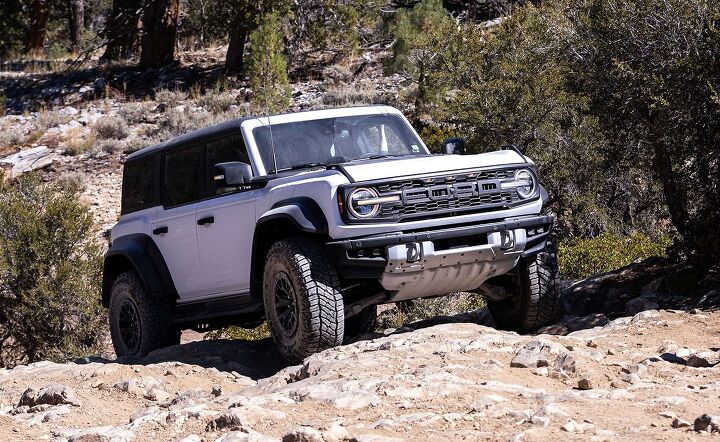

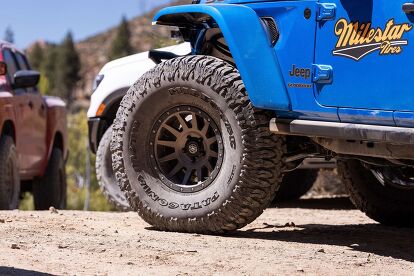


































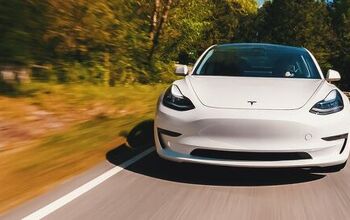
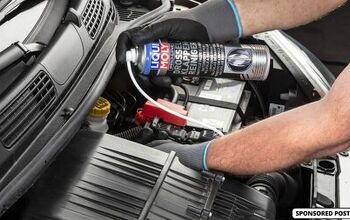
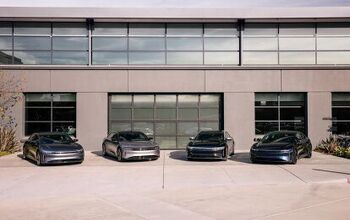
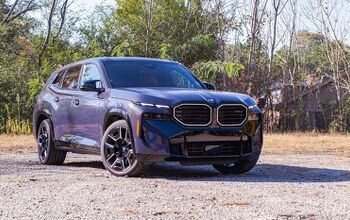




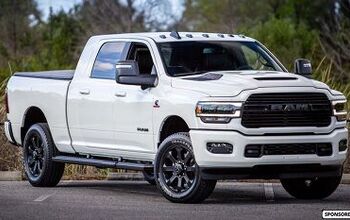
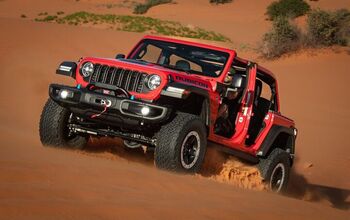
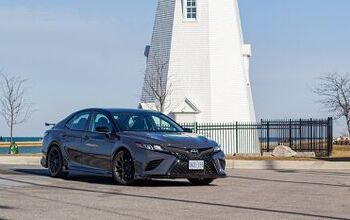
Comments
Join the conversation